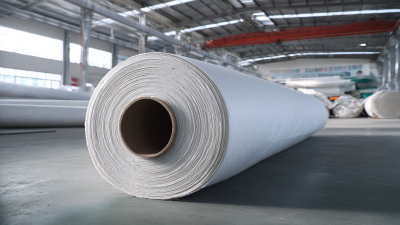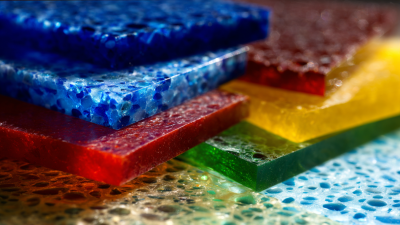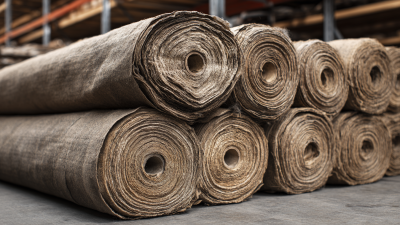Inquiry
Form loading...
- Phone
- E-mail
In the realm of landscape design, the combination of durability and aesthetic appeal is crucial for creating stunning outdoor spaces. One innovative solution gaining popularity among landscape architects and homeowners alike is the use of Geogrid for pavers. This technology not only enhances the structural integrity of paved surfaces but also contributes to a visually appealing landscape. By utilizing Geogrid for pavers, one can achieve improved load distribution, increased stability, and reduced erosion, ultimately prolonging the life of the pavers.
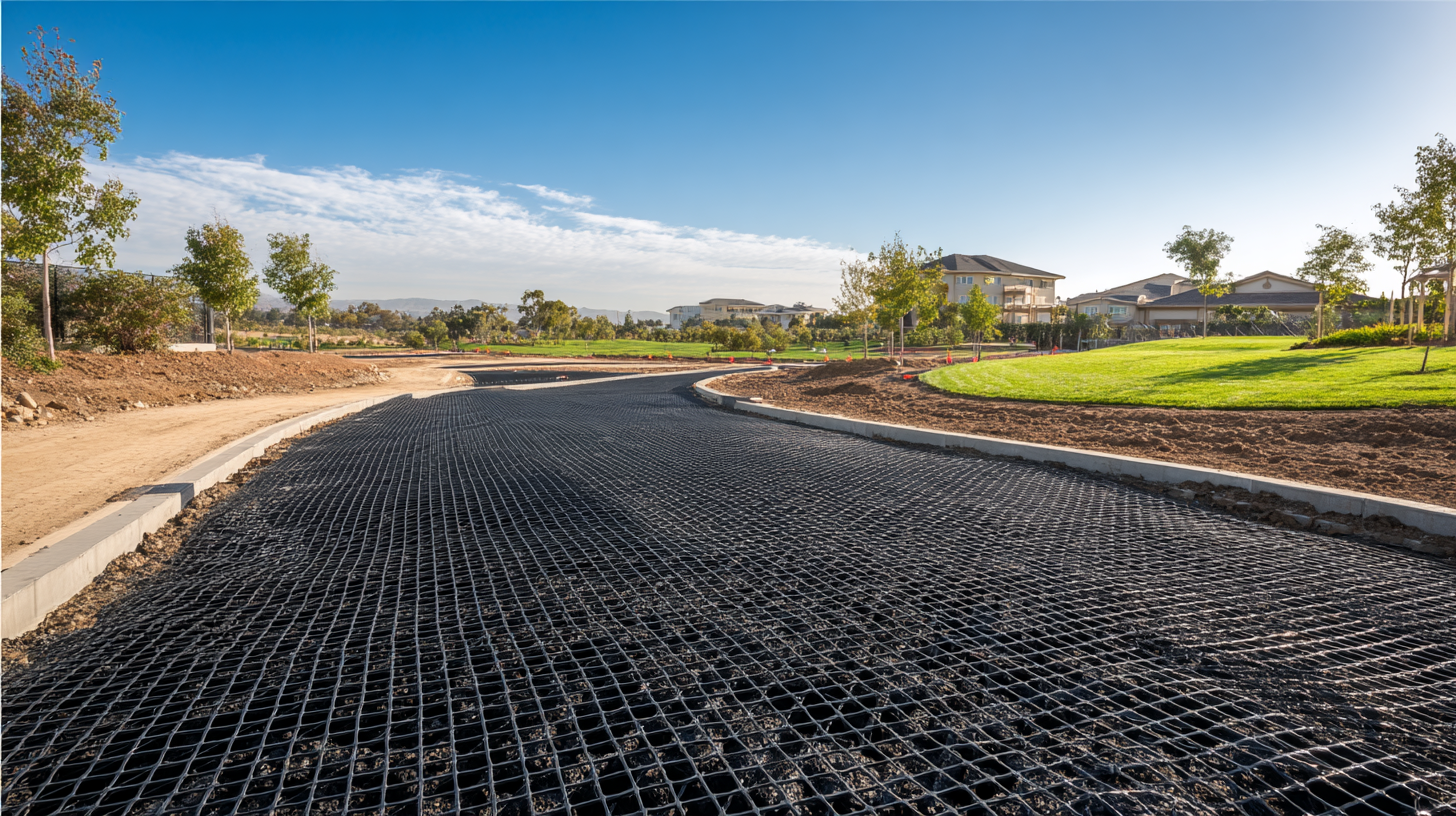
Moreover, the strategic integration of Geogrid allows for a seamless blend of functionality and artistry, elevating the overall design of pathways, patios, and driveways. This guide will explore the various benefits and applications of Geogrid for pavers, providing insightful tips on how to effectively incorporate this innovative material into your landscaping projects, ensuring that both durability and beauty are at the forefront of your outdoor spaces.
The use of geogrid for pavers in landscape design offers numerous benefits that enhance both durability and aesthetic appeal. Geogrids are engineered materials that provide a stable foundation for paver systems, significantly improving their load-bearing capacity. This stability prevents sinking and shifting, ensuring that pathways, patios, and driveways remain intact over time. With the added support, landscapes can withstand the effects of heavy foot traffic and extreme weather conditions, making them a smart investment for long-term use.
In addition to structural advantages, geogrid systems contribute to the visual appeal of outdoor spaces. They facilitate the installation of pavers in various patterns and designs, allowing homeowners and landscape designers to create customized looks that complement the surrounding environment. By incorporating geogrids, landscapes can achieve a seamless integration of beauty and functionality, as the rigid support helps maintain the integrity of intricate patterns. Furthermore, the increased water permeability offered by geogrid installations reduces puddling and promotes healthier soil, enhancing the overall aesthetic of green spaces.
Geogrids play a crucial role in enhancing soil stability, particularly in the construction of embankments and pavement systems. By reinforcing the soil structure, geogrids distribute loads more evenly across a wider area, which significantly reduces the risk of issues such as settlement and erosion. This reinforcement is essential when dealing with soft or problematic soils, where traditional construction methods may fail. The incorporation of geogrids within these systems allows engineers to create more durable foundations, promoting longevity and stability in various landscape applications.
Furthermore, geogrids contribute to the aesthetic appeal of landscaping by enabling the construction of visually appealing paved surfaces that are less prone to cracking and deformation. This aesthetic enhancement is vital for projects where appearance is as important as functionality. The strategic placement of geogrids not only strengthens the underlying soil but also facilitates a wider range of design options, allowing for creative and efficient uses of space. As the demand for sustainable and aesthetically pleasing outdoor environments grows, the use of geogrids in landscaping continues to gain popularity, highlighting their importance in modern construction practices.
| Feature | Description | Benefit |
|---|---|---|
| Soil Stabilization | Geogrids improve the load-bearing capacity of soil by distributing weight evenly. | Reduces soil erosion and maintains the integrity of paved surfaces. |
| Drainage Management | Geogrids facilitate proper drainage, preventing water accumulation. | Enhances the longevity of pavers by reducing water damage. |
| Enhanced Aesthetics | Allows for creative design options with pavers integrated into the landscape. | Boosts visual appeal and increases property value. |
| Load Distribution | Evenly distributes loads across the surface of the paver system. | Minimizes cracking and shifting caused by heavy weights. |
| Installation Ease | Designed for straightforward installation alongside pavers. | Saves time and labor during landscape projects. |
The use of geogrids in paver installation significantly impacts both longevity and maintenance costs, supporting the growth of durable landscapes. Industry research indicates that incorporating geogrids can enhance the structural integrity of paver systems by as much as 30%, leading to increased resistance against shifting and settling. This equates to a substantial reduction in maintenance expenses over time, with some reports suggesting up to 20% savings compared to traditional methods, thereby improving the overall cost-effectiveness of landscaping projects.
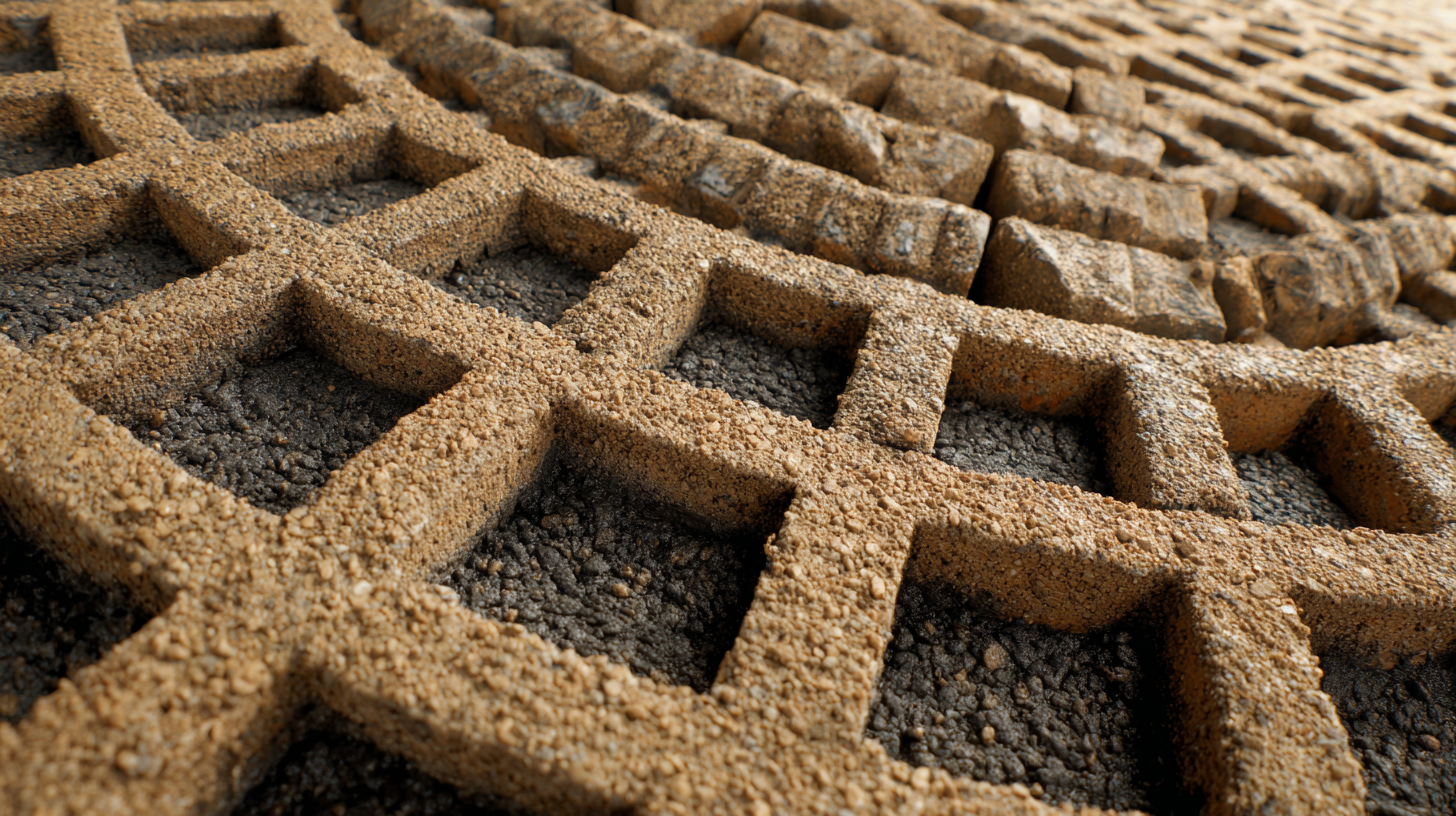 Additionally, a study from the American Society of Civil Engineers highlights the importance of paver stability in reducing weed growth and erosion, which further contributes to the extended lifespan of landscaping elements. With the right geogrid materials, homeowners and developers can ensure that their paved areas remain both visually appealing and functional for years to come.
Additionally, a study from the American Society of Civil Engineers highlights the importance of paver stability in reducing weed growth and erosion, which further contributes to the extended lifespan of landscaping elements. With the right geogrid materials, homeowners and developers can ensure that their paved areas remain both visually appealing and functional for years to come.
Tips:
Geogrid systems have become increasingly popular in modern landscaping, providing both structural integrity and aesthetic versatility. These innovative grids not only improve the durability of paved surfaces but also enhance the overall visual appeal of outdoor spaces. By accommodating various landscaping styles, geogrids allow homeowners and designers to achieve a cohesive look that harmonizes with the surrounding environment, whether it be a modern minimalist garden or a classic English cottage layout.
When selecting a geogrid for your landscaping project, consider the materials and textures that best complement your chosen style. For instance, integrating natural stone pavers with geogrids can create a seamless transition between hard and soft landscaping elements. Additionally, varying the layout of pavers while maintaining the structural support of geogrids can introduce unique patterns that elevate the aesthetic quality of your space.
**Tips:** Always opt for geogrids designed for specific climatic conditions in your area to ensure longevity. Also, think about adding greenery through permeable pavers and geogrid integration; this not only boosts aesthetic appeal but also supports drainage and reduces heat buildup. Remember, a well-planned landscaping project can turn any outdoor area into a stunning visual experience that stands the test of time.
The integration of geogrid systems in urban landscaping has proven to be transformative, enhancing both durability and aesthetic appeal in a range of projects. According to a report by the International Society of Arboriculture, utilizing geogrid under pavers can lead to a 40% increase in load distribution, significantly reducing the risk of pavement damage caused by heavy traffic. This increase in performance is particularly evident in urban environments where high foot and vehicle traffic can lead to rapid deterioration. A case study from a city park in Chicago highlighted that geogrid systems not only extended the lifespan of paving materials but also minimized the need for frequent maintenance, resulting in long-term cost savings.
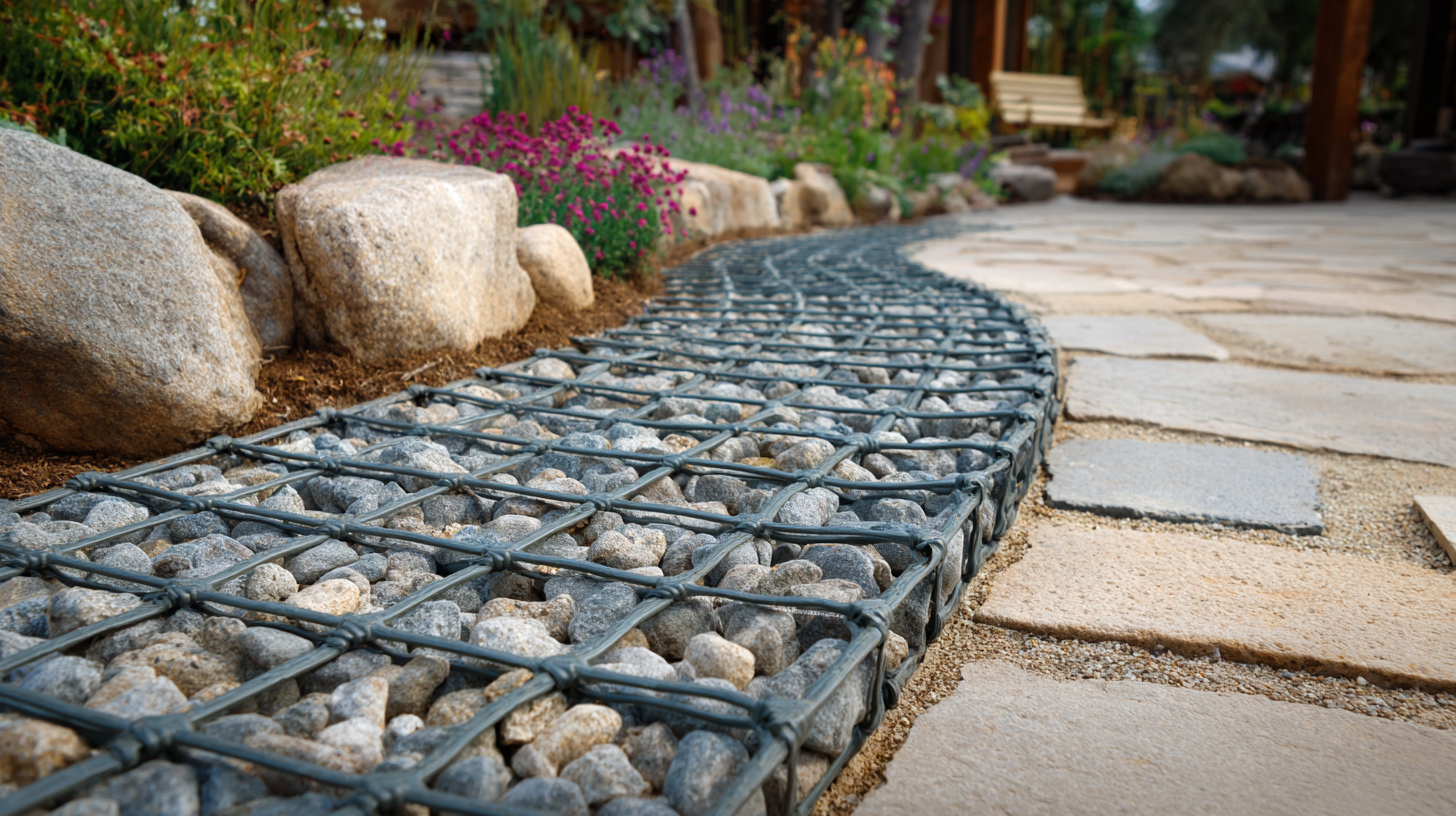
Moreover, geogrid applications have demonstrated their value in managing stormwater efficiently. The U.S. Environmental Protection Agency indicates that permeable paving systems reinforced with geogrids can reduce surface runoff by up to 60%. This is crucial in urban areas facing challenges related to stormwater management and flooding. A notable example is a reimagined pedestrian plaza in San Francisco, where geogrid-enhanced permeable pavers were used to create an attractive and functional space that encourages ecological benefits while regularly accommodating community events. These successful implementations showcase how geogrids contribute not only to the durability of landscapes but also to their visual appeal and environmental resilience.


